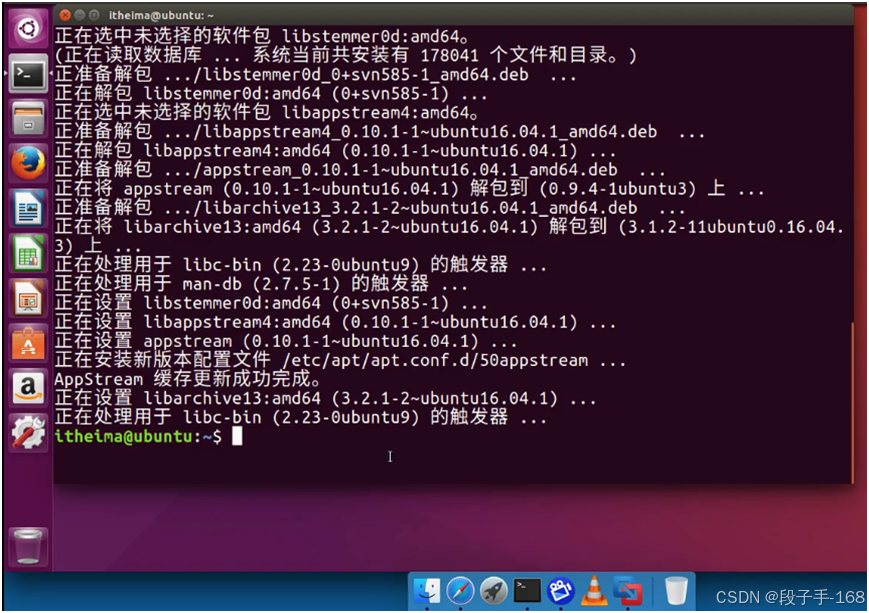在Python中,读取文件内容是一个基础且常见的操作。以下是一些常用的方法来读取文件内容:
使用内建的open()函数和read()方法
# 打开文件
with open('example.txt', 'r') as file:# 读取文件内容content = file.read()
# 打印文件内容
print(content)
这里使用了with语句来打开文件,这是一种上下文管理器的方式,它可以确保文件在读取后会被正确关闭。
逐行读取
如果你需要逐行处理文件内容,可以使用以下方式:
# 打开文件
with open('example.txt', 'r') as file:# 逐行读取for line in file:print(line.strip()) # 使用strip()移除行尾的换行符
读取文件到列表
你可以将文件的所有行读取到一个列表中:
# 打开文件
with open('example.txt', 'r') as file:# 读取所有行到一个列表lines = file.readlines()
# 打印每一行
for line in lines:print(line.strip())
注意事项
- 确保文件存在并且你有读取权限。
- 使用
'r'模式来打开文件进行读取。这是默认模式,但为了明确起见,建议始终指定。 - 如果文件很大,一次性读取整个文件可能会消耗大量内存。在这种情况下,逐行读取可能是更好的选择。
- 如果文件包含非UTF-8编码的字符,你可能需要指定正确的编码,例如:
open('example.txt', 'r', encoding='utf-8')。
确保处理可能出现的异常,比如FileNotFoundError,可以通过添加try...except块来实现:
try:with open('example.txt', 'r') as file:content = file.read()print(content)
except FileNotFoundError:print("The file was not found.")
except IOError:print("An error occurred while reading the file.")



















